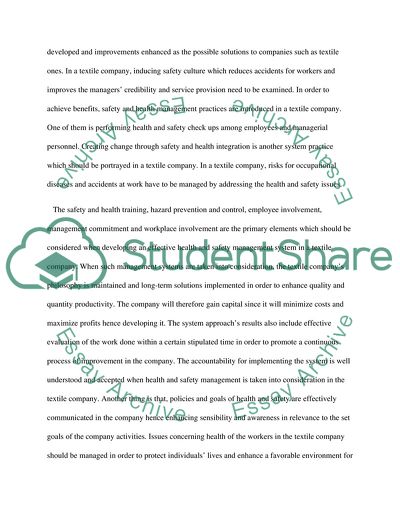Cite this document
(Civil Engineering Management Lab Report Example | Topics and Well Written Essays - 3250 words, n.d.)
Civil Engineering Management Lab Report Example | Topics and Well Written Essays - 3250 words. https://studentshare.org/engineering-and-construction/1825774-civil-engineering-management
Civil Engineering Management Lab Report Example | Topics and Well Written Essays - 3250 words. https://studentshare.org/engineering-and-construction/1825774-civil-engineering-management
(Civil Engineering Management Lab Report Example | Topics and Well Written Essays - 3250 Words)
Civil Engineering Management Lab Report Example | Topics and Well Written Essays - 3250 Words. https://studentshare.org/engineering-and-construction/1825774-civil-engineering-management.
Civil Engineering Management Lab Report Example | Topics and Well Written Essays - 3250 Words. https://studentshare.org/engineering-and-construction/1825774-civil-engineering-management.
“Civil Engineering Management Lab Report Example | Topics and Well Written Essays - 3250 Words”. https://studentshare.org/engineering-and-construction/1825774-civil-engineering-management.


